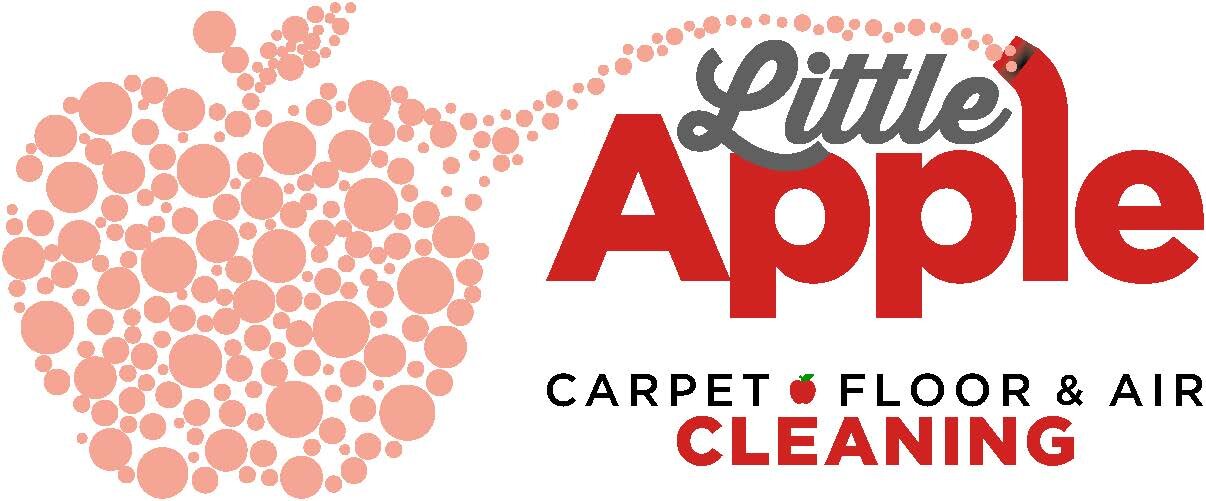
Q. What is a carpet protectant and how does it work?
A. Carpet protectant is applied after cleaning. It coats individual fibers and provides a future barrier between spots, spills, and the surface of the carpet. When a spot or spill does occur, the carpet protectant will prevent damaging chemical reactions and make it much easier to remove the spot.
These days, most carpets are manufactured with carpet protectants built into them. However, the protectant wears off over time and needs to be reapplied by our qualified technicians. This can lengthen the life of your carpets.
Q. How often should my carpets be cleaned?
A. Carpets should be cleaned every 12-18 months, according to IICRC guidelines and most carpet manufacturers. It should be part of your regular home maintenance. Carpet is essentially a large filter. It absorbs many contaminants, including dirt, bacteria, and oils, not all of which can be vacuumed out. As a result, these contaminants accumulate over time. The steam cleaning process is designed to cut through this build up and has been proven to provide virtually unlimited soil removal.
Q. What should I do about spots on the carpet?
A. More than 90% of spots will come out when properly treated within a couple of days. That’s why it is crucial to address spots early. When spots are allowed to chemically react with the carpet fibers over time, they become permanent.
Be sure to test whatever cleaner you are using in an inconspicuous area of the carpet. Many cleaners will bleach carpet or make the problem worse. You can look online for home remedies like vinegar, hydrogen peroxide, or non-bleach laundry detergent. You’ll want to do your research before applying them however. Some spots can become set when the wrong cleaning solution is applied to them so use caution when addressing common spot issues.
The best option is a professional spotter provided by your carpet cleaning technician. These products are pH neutral and will prevent sticky residue and rapid re-soiling of the area. Your technician can also give you some tips for spot treating and maintenance that are specific to your individual set of circumstances.
Q. Should the furniture be moved?
A. Short answer: it depends. In high traffic areas, our technicians can move furniture like couches and chairs. The carpet under these items can be cleaned every 12 to 18 months.
Smaller furniture such as end tables, ottomans, plants, coffee tables, etc., should be moved prior to our arrival, if possible. This will ensure a better initial assessment of the carpeted area, including spots and service issues. When assistance is needed we can help move some of these items as well.
Beds, bookcases, entertainment centers, and other large items are typically left in place. Our technicians will take into account any areas not available to clean and you will not be charged for them.
Q. Do I need to vacuum the carpets ahead of time?
A. Vacuuming the carpets beforehand is a necessary step in the carpet cleaning process. It can save you money if you prefer to do this part yourself. Be sure to ask for details. We are happy, however, to take care of this for you. Vacuuming should always be performed before the carpets are professional cleaned for a more thorough cleaning and faster dry times.
Q. How long until the carpets are dry and ready to use?
A. Foot traffic on the carpets before they are completely dry can lead to rapid re-soiling. Basically, soil on your feet will more easily transfer to the carpets when they’re moist so use caution while drying. You should plan on about 4 to 5 hours of drying time after steam cleaning. High humidity can add several hours to the dry time. For example, on a rainy day the carpets could take an hour or two longer to dry. You can offset this by increasing air circulation with fans, heating and cooling units, and open windows.
